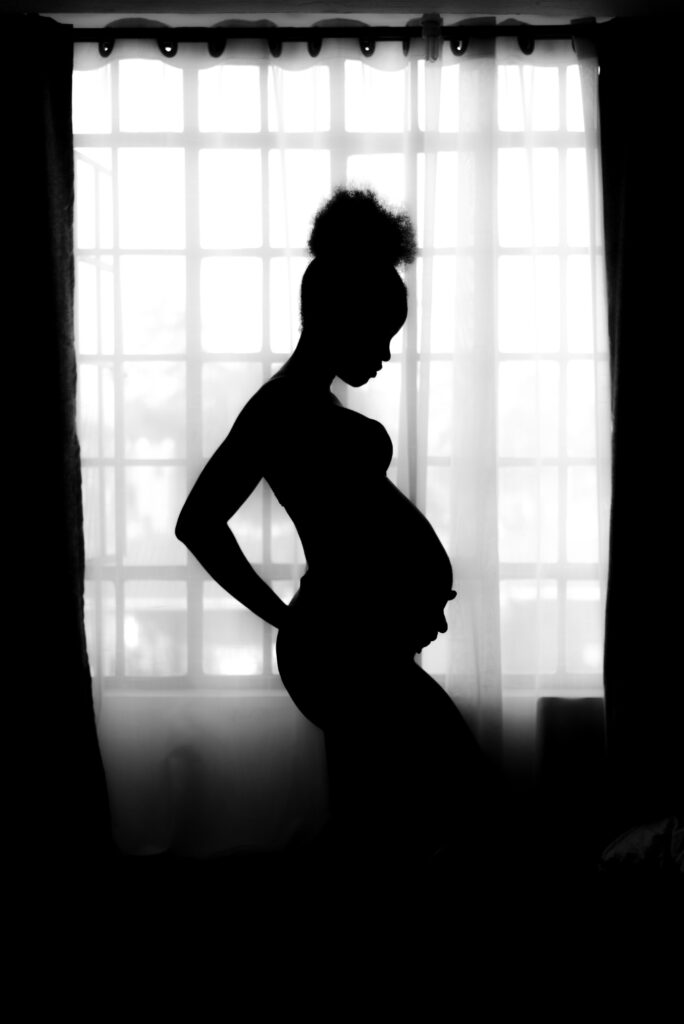Conditions treated
Spinal pains
Pains in the spinal region are common and the origins can be diverse. You may experience pain in the neck area (accompanied or not by headaches), in the middle or lower back (sometimes with tingling, pins and needles or numbness in the limbs). Nervous structures can be compressed at different locations and give these associated clinical manifestations.
The osteopath will try to find the origin of your complaint and relieve the symptoms using techniques adapted to you and your problem.
It's important to note that osteopathy is not limited to treating symptoms, but seeks to identify and treat the underlying causes of pain. This may involve examining and treating areas of the body that may seem unrelated to the pain area, but are actually connected through nerve pathways or muscle chains.


Peripheral joints
The various joints of the upper limb (shoulders, elbows, wrists, hand joints...) and the lower limb (hip, knee, ankle...) can unfortunately be subject to pain and mobility restrictions.
Your osteopath is here to help you relieve these pains and restore your mobility. We use a variety of techniques, including joint manipulations, soft tissue massage, stretching, passive mobilization, myofascial release techniques, HVLA techniques, to help relieve pain and restore normal function.
Jaw problems
The temporomandibular joint, which is constantly in use, can unfortunately be the site of mechanical disturbances, causing pain or blockages.
Involuntary actions such as grinding or excessive clenching of the teeth can also lead to jaw pain.
As osteopaths, we can help alleviate these symptoms. Whether you are experiencing pain when opening or closing your mouth, deviations, offsets, noises, or crackling, osteopathy can offer a solution.
Indeed, osteopathy can help improve the mobility of the temporomandibular joint, reduce muscle tension, and enhance blood and lymphatic circulation in the head and neck region.


Sports injuries
The body, subjected to significant stress, can experience tension in its various structures, such as muscles, tendons, and joints. During regular sports practice, it is not uncommon to encounter various traumas, whether minor or major.
The osteopath will be there to support you and help you recover according to your goals, so that you can return to your passion as quickly as possible.
I may also provide advice on strengthening and stretching exercises, nutrition, stress management, and recovery, all of which can contribute to improving your sports performance and preventing injuries.
Pregnant and Postpartum Women
During your pregnancy and even after childbirth, you may experience pain in the lower back, pelvis, pubis, etc.
These pains can be managed by osteopathy. Whether it's for prevention or treatment, the goal is to optimize your body health to prepare for childbirth or to recover after it.
Indeed, osteopathy can help alleviate a variety of ailments commonly associated with pregnancy, such as lower back pain, pelvic pain, digestive disorders, and sleep disturbances.
Osteopathy can help restore the body's balance and relieve tension or pain that may occur as a result of childbirth. It can also help improve postpartum recovery and prevent future problems.


Headaches
Headaches, also known as cephalalgia in medicine, are common conditions that can have a significant impact on patients' quality of life. For many people suffering from headaches, finding effective solutions to alleviate them is a major concern.
In addition to medical follow-up and after ruling out potentially serious conditions, osteopathy can play an important role in managing these headaches. Your osteopath will strive to understand the underlying causes of these headaches in order to develop an effective treatment plan.
Whether you suffer from tension headaches, migraines, Arnold's neuralgia, or sinusitis, osteopathy can offer solutions. Osteopathic treatments can help reduce the frequency and intensity of attacks, relieve pain, and thus improve overall quality of life.
Indeed, osteopathy can help improve the mobility of the cervical spine, reduce muscle tension, and enhance blood and lymphatic circulation in the head and neck region.
Frequently Asked Questions
The session begins with a questioning, during which I gather information about you and the history of your complaint.
Then, orthopedic and osteopathic clinical examinations will allow me to highlight the structures in distress.
Finally, if your pain corresponds to osteopathic care, a treatment will be proposed and you will receive advice to also take part in improving your body health.
The fees are 60€ on weekdays / 70€ on weekends and public holidays.
Yes. However, this reimbursement rate varies depending on the Belgian mutual insurance company to which you are affiliated.
After an osteopathy session, it is possible to feel fatigue, diffuse pain, and stiffness during the 48-72 hours following the consultation. These sensations are related to the tissue relaxation generated and your body's self-regulation capacity.
Some patients feel immediate relief after the appointment and have no side effects. This simply means that their body more easily integrates the treatment and adapts more quickly.